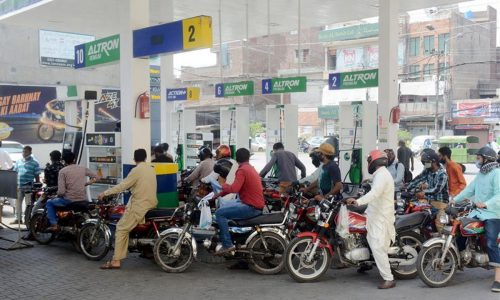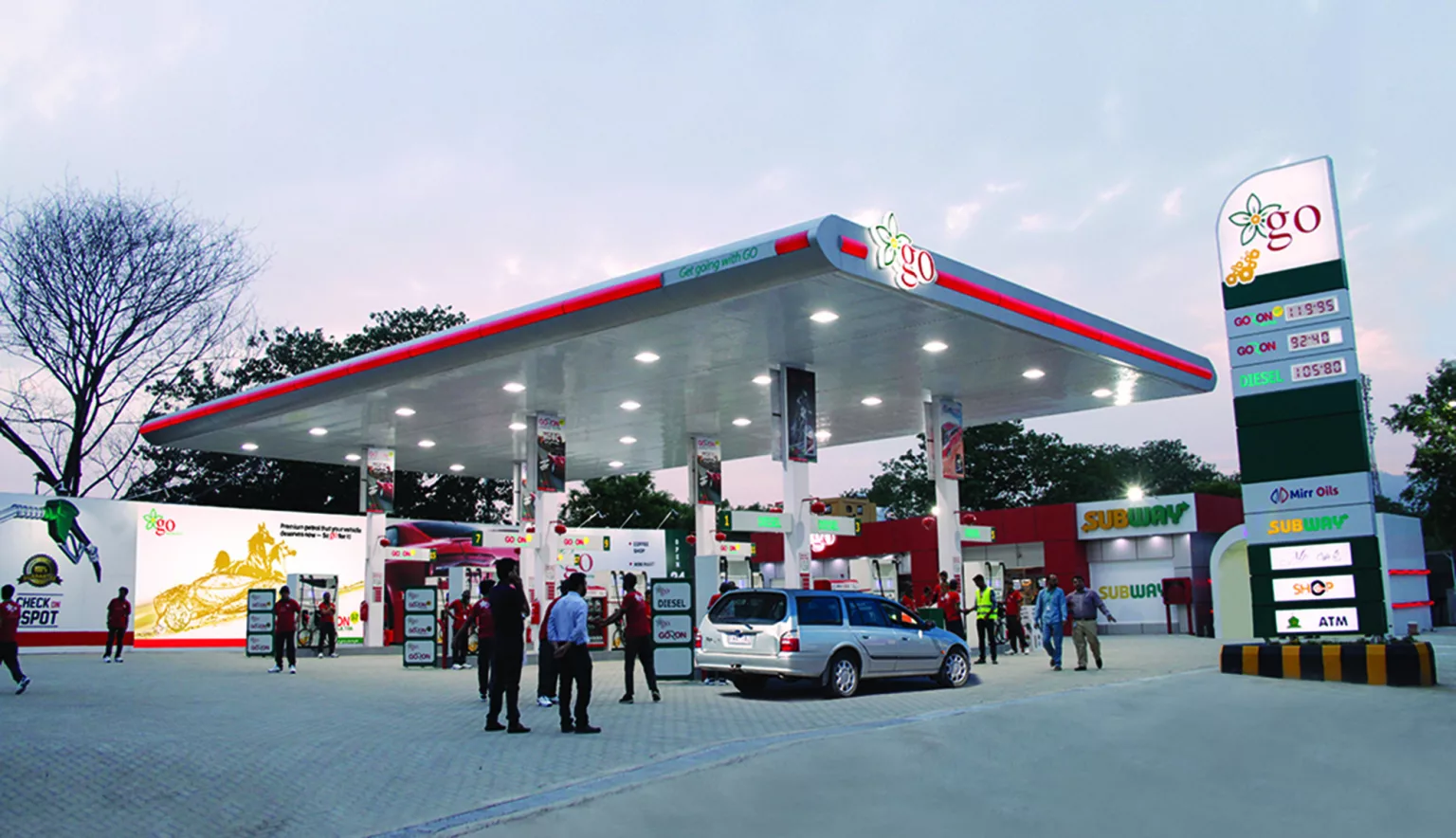The value of Pakistan’s fuel imports increased, in March (2023), to record more than two billion dollars, with a growth rate of 9% on a monthly level.
This data, issued by the Pakistan Statistics Bureau, indicates an increase in the Asian country’s dependence on fuel imports, according to The Express Tribune newspaper, today, Saturday, April 15, 2023.
The value of Pakistan’s fuel imports, including liquefied gas, in February (2023), amounted to about $1.87 billion, before rising to $2.03 billion last March.
Pakistan suffers from recurring political crises, due to fuel problems and economic stagnation, which prompted it to resort to the International Monetary Fund to obtain a loan. However, fund officials have confirmed – recently – that the signing of the agreement depends on the implementation of some conditions. Including the proposed plan to increase fuel prices, according to what was seen by the specialized energy platform.
Crude oil fell
While Pakistan’s fuel imports are witnessing a remarkable growth, despite their high prices, crude oil imports declined by 16%, on a monthly basis, in March. Referring to the decline in the activity of local refineries.
Crude oil imports amounted to 596,000 tons in March, compared to 711,000 tons in February, according to information and data monitored by the specialized energy platform.
The reasons for the slowdown in the work of the refineries are due to the fact that they are filled with fuels that have a low domestic demand for them, such as fuel oil, in addition to the high rates of diesel smuggling from Iran to Pakistan. This contributed to the decrease in the demand for the products of these refineries, as it is one of the fuels that is in great demand locally.
The Pakistan Trade Authority, which includes 200 multinational companies in its membership, has warned of diesel smuggling, and indicated that this matter not only negatively affects refineries, but also leads to the country losing about one billion rupees per day (35.1 million US dollars).
The data of the Statistics Office indicated that imports of diesel needed for fast vehicles increased by 59% in March, reaching 153 thousand tons, compared to 96 thousand tons in February, despite the fact that its stocks doubled to suffice for 46 days, equivalent to 670 thousand tons, compared to about 20 days. in normal times.
gasoline imports
Pakistan’s imports of gasoline increased by 36% to 591 thousand tons in March, compared to about 436 thousand tons in February, and imports of jet fuel and liquefied gas continued to rise for the second month in a row last March.
Expectations indicate that Pakistan’s fuel imports will continue to grow in the coming months, due to the country’s measures, which are facing financial difficulties. To open its closed economy, which is the last condition that the government must implement to obtain an International Monetary Fund loan of $6.5 billion.
“Pakistan’s fuel imports continued to grow for the second month in a row in March, which means reversing its trend in the previous 6 or 8 months, which witnessed a continuous decline,” said Samuela Tariq, a researcher at Pak-Kuwait Investment Company.

He added, “Pakistan’s fuel imports may witness steady growth in the coming months, within the framework of the government’s work to allow various economic sectors to import raw materials, to support productive activity and drive economic growth.”
Despite this current and expected growth in Pakistan’s fuel imports; It is still 10-15% lower on an annual level in fiscal year 2023 compared to last year 2022, according to Tarek.
The value of Pakistan’s fuel imports decreased by 20% in the first 9 months of the current fiscal year, and recorded $18.63 billion, compared to about $23.36 billion in the same period last fiscal year.
Suffering continues
Pakistan continues to suffer from successive political crises, which have intensified since the overthrow of former Prime Minister Imran Khan, and then the attempt on his life in November 2022.
Pakistan has reduced fuel subsidies since May 2022, and the value of the local currency (rupee) has fallen by 59% in the past year, which has pushed up fuel prices, and in turn, those prices have caused demand to fall.
The high interest rates and the increase in inflation to the highest level in 6 decades exacerbated the problems of the economy. The decline in demand was offset by the weak ability of investors to obtain financing to establish projects.
“The many problems of the Pakistani economy have led to a decline in the purchasing power of families and severely weakened the capabilities of companies,” said Samuela Tariq, a researcher at Pak-Kuwait Investment Company.
related topics..
Also read..

Leave a Reply